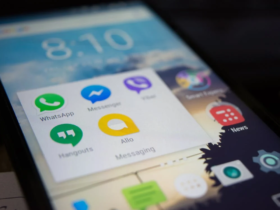The Perseverance rover has recently been released into the outer space to complete its near seven-month journey to the Red Planet. Alongside the rover, NASA’s Ingenuity Mars Helicopter was also launched, and it even recharged its power system one week ago. It is the first time that the helicopter is charged in the space environment.
The operation took almost eight hours, while the performance of the helicopter was analyzed, and the percentage level of the battery was raised to 35%. The project managers decided that the best approach when charging the helicopter is by maintaining a low charge state until the Perseverance rover lands on Mars.
Tim Canham, the operations lead for Mars Helicopter, declared that this was a major step forward to assess the electronics of the helicopter and hive it a test drive ever since the rover was launched on the 30th of July. The aircraft weighs 4 pounds, and it is a combination of off-the-shelf parts and unique components.
Once the Perseverance rover lands on Mars, the Ingenuity helicopter will be deployed, and it will start charging by itself with the help of its solar panel. Should Ingenuity survive the martian nights, the team plans on beginning their future tests.
The Perseverance mission was specially designed to search for signs of existent microbial life on the Red Planet, as well as to characterize the climate on the planet and collect soil samples, which will then be returned to our planet for future tests. The whole purpose of this project is to pave the way for upcoming human crewed missions on Mars.
The Mars 2020 Perseverance mission is only one piece of a bigger puzzle, which aims to establish a sustained human presence on the Moon by the end of 2028, with the help of the Artemis lunar exploration plans.










Leave a Reply